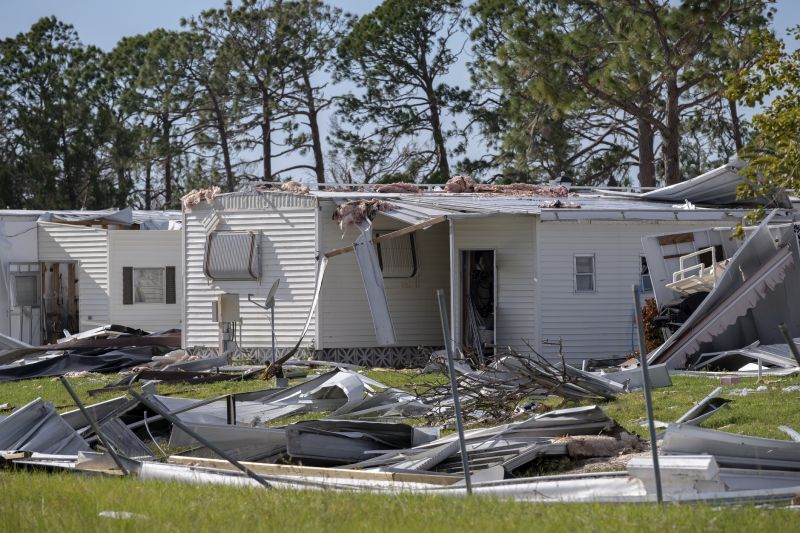Top-Rated Storm Restoration Equipment For Quick Property Recovery
Equip yourself with high-performance tools and supplies that support rapid and effective storm damage repairs.
 Storms can cause significant damage to properties, making restoration efforts essential for safety and structural integrity. In Dublin, Ohio, homeowners and contractors often seek reliable products to address storm-related damages such as roof leaks, fallen debris, and water intrusion. Selecting the right tools and materials can help streamline the restoration process, ensuring that repairs are effective and durable. From temporary protective coverings to specialized repair materials, there is a wide array of products designed to meet various storm restoration needs.
Storms can cause significant damage to properties, making restoration efforts essential for safety and structural integrity. In Dublin, Ohio, homeowners and contractors often seek reliable products to address storm-related damages such as roof leaks, fallen debris, and water intrusion. Selecting the right tools and materials can help streamline the restoration process, ensuring that repairs are effective and durable. From temporary protective coverings to specialized repair materials, there is a wide array of products designed to meet various storm restoration needs.
Top Overall Option
Multi-Purpose Storm Damage Repair Kit
A comprehensive storm damage repair kit includes a variety of essential tools and materials designed for quick and effective restoration. It typically features durable tarps, sealants, repair patches, and safety gear, making it suitable for addressing a wide range of storm-related issues. This all-in-one solution provides convenience and versatility for homeowners and contractors alike.
Types of Products For Storm Restorations
Heavy-Duty Tarps
Durable tarps are essential for covering damaged roofs, windows, and exterior walls temporarily during storm recovery.
Roofing Repair Materials
Includes shingles, sealants, and flashing to repair and reinforce storm-damaged roofs.
Waterproof Sealants
Used to seal leaks and prevent water intrusion in damaged areas.
Structural Reinforcement Hardware
Includes brackets, braces, and fasteners to strengthen compromised structural components.
Debris Removal Tools
Shovels, rakes, and debris bags facilitate cleanup after storm events.
Water Extraction Equipment
Wet vacuums and pumps help remove water from flooded areas efficiently.
Mold Prevention Products
Antimicrobial sprays and treatments to prevent mold growth after water damage.
Safety Gear
Protective gloves, goggles, masks, and coveralls for safe restoration work.
Emergency Lighting
Portable lights to ensure visibility during nighttime or power outages.
Portable Generators
Provide temporary power for tools and lighting during outages.
Roofing Underlayment
Water-resistant layers to protect roofing structures during repairs.
Gutter Repair Kits
Components and tools to fix and reinforce gutters damaged by storms.
Insulation Repair Materials
Foam and batt insulation for restoring thermal barriers after storm damage.
Window and Door Repair Kits
Sealants, patches, and hardware for restoring broken or damaged windows and doors.
Temporary Fencing and Barricades
Help secure damaged areas and restrict access during restoration.
Popular Choices
Widely used for quick coverage of damaged roofs and walls.
Commonly applied for sealing leaks around windows and roof penetrations.
Versatile tools for fast repairs and installing storm-related fixtures.
Effective for removing standing water from flooded basements or yards.
Popular for post-storm cleanup to prevent mold growth.
Essential protective gear for workers during storm repairs.
Useful for cutting and fitting repair materials efficiently.
Helps clear debris and restore proper drainage after storms.
Popular for illuminating work areas during nighttime repairs.
Frequently used for securing roofing materials during storm repairs.
Applied to exterior surfaces to prevent water penetration after repairs.
Vital for addressing minor injuries during restoration projects.
Large bins for collecting storm debris efficiently.
Secure storage for tools and supplies during storm recovery.
Protect roof vents from further damage and water intrusion.
Proper storm restoration not only involves repairing visible damage but also addressing underlying issues that could lead to future problems. Using high-quality products tailored for storm recovery can improve the longevity of repairs and help protect against subsequent weather events. Whether dealing with minor leaks or extensive structural damage, having the right supplies on hand is crucial for efficient and safe restoration work.
In addition to repair materials, safety equipment plays a vital role in storm restoration projects. Proper protective gear, including gloves, goggles, and masks, helps safeguard workers from hazards such as debris, mold, and contaminated water. It is also important to consider storage solutions for emergency supplies, especially for prolonged recovery efforts. With the right combination of products, residents and professionals in Dublin, OH can better prepare for and respond to storm-related challenges.
Key Buying Considerations
- Assess the extent of storm damage to determine the necessary products.
- Choose durable and weather-resistant materials suitable for outdoor use.
- Ensure compatibility of repair products with existing building materials.
- Prioritize safety equipment to protect workers during restoration efforts.
- Consider ease of use and installation requirements for each product.
- Review product reviews and ratings to gauge reliability and effectiveness.
- Opt for versatile products that can address multiple repair needs.
- Check for compliance with local building codes and standards.
- Evaluate storage solutions for organizing and protecting supplies.
- Plan for future storm preparedness by selecting adaptable and scalable products.
- Factor in the availability of replacement parts and ongoing maintenance needs.
- Determine the budget and seek cost-effective options without compromising quality.
- Consider environmental conditions specific to Dublin, Ohio, such as seasonal weather patterns.
- Look for products with clear instructions and technical support if needed.
- Ensure that safety gear fits properly and meets safety standards.
